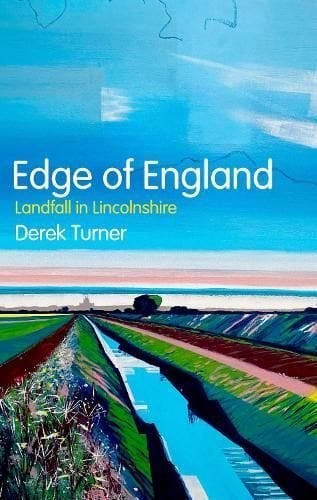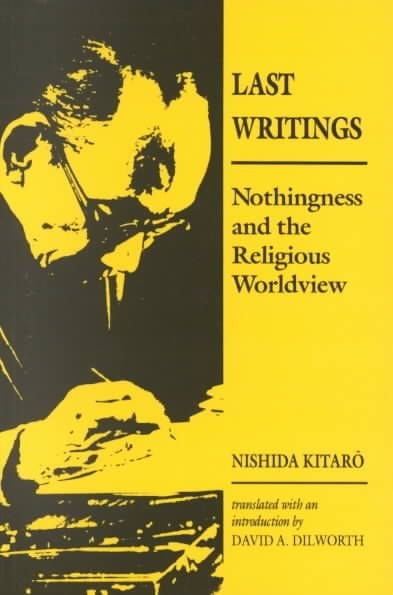Lincolnshire is England’s second-largest county-and one of the least well-known. Yet its understated chronicles, unfashionable towns and undervalued countryside conceal fascinating stories, and unique landscapes: its Wolds are lonely and beautiful, its towns characterful; its marshlands and dynamic coast are metaphors of constant change. From plesiosaurs to Puritans, medieval ghosts to eighteenth-century explorers, poets to politicians, and Vikings to Brexit, this marginal county is central to England’s identity. Canute, Henry IV, John of Gaunt and Katherine Swynford all called Lincolnshire home. So did saints, world-famed churchmen and reformers-Etheldreda, Gilbert, Guthlac and Hugh, Robert Grosseteste, John Wycliffe, John Cotton, John Foxe and John Wesley-as well as Isaac Newton, Joseph Banks, John Harrison and George Boole. Lincolnshire explorers went everywhere: John Smith to Jamestown, George Bass and Matthew Flinders to Australia, and John Franklin to a bitter death in the Arctic. Artists and writers have been inspired-including Byrd, Taverner, Stukeley, Stubbs, Eliot and Tennyson-while Thatcher wrought neo-liberalism. Extraordinary architecture testifies to centuries of both settlement and unrest, from Saxon towers to sky-piercing spires; evocative ruined abbeys to the wonder of the Cathedral. And in between is always the little-known land itself-an epitome of England, awaiting discovery.












